The Indian Army is seeking an active protection system for its T-90 tank.
This huge tender is to supply hundreds of active defense systems. It is unclear whether Israeli companies will participate in the competition.
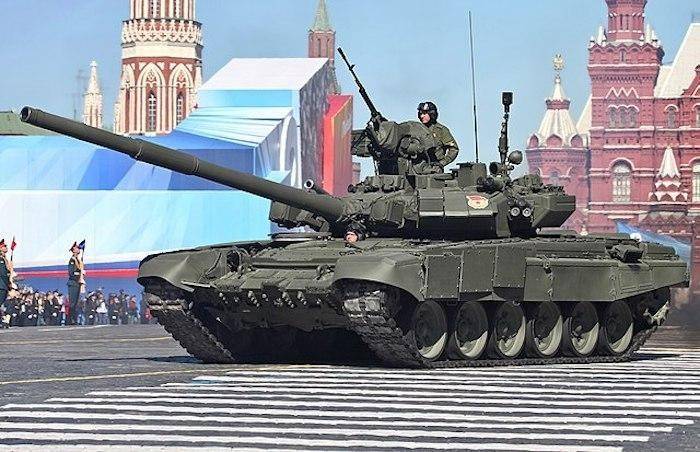
The picture shows the Russian T-90A tank with the “Curtain-1” active defense system on the front

The Israeli “Trophy” active defense system on the US Army M1A2C. “Trophy” is the leading product of Israel’s active defense system.
The Indian Army has invited companies to provide 818 active defense systems for its T-90/SK main battle tank. The military clearly stated in the document that 50% of the system planning and development must cooperate with local industries and will allow potential suppliers to “reach arrangements” with foreign companies on equipment development.
According to Jane’s website, Indian regulations require defense systems to include “soft kill” and “hard kill” capabilities. “Soft kill” includes smoke release, infrared jamming devices, and audio-visual warnings when tanks are attacked. “Hard kills” include (intercept) rocket-assisted grenades (RPG-7), anti-tank missiles, and explosive anti-tank bombs (HEAT, also known as armor-piercing bombs) and other anti-tank ammunition. The system should include defense against kinetic energy ammunition.

India’s own T-90 is not equipped with an active defense system, but is supplemented with explosive reactive armor. The small piece on the right of the turret prevents the driver from getting on and off the vehicle. In the tank two items, Russia’s own competition T-72 page such.

This competing T-72B3 removed a piece of explosive reaction armor on the right side of the turret to facilitate the driver to get off the car quickly.
To be honest, the early “Curtain-1” active defense system had poor effect, high power consumption, and could not interfere with more advanced or upgraded missiles (such as the Red Arrow-73C/D missile with a TV CCD goniometer) , It is expected that two useless “red eyes” will occupy the defensive position in vain. It is better to dismantle and replace it with explosive reactive armor. When India just bought the T-90S tank, this choice was no problem.
However, with the continuous advancement of offensive and defensive technology, the active defense system of tanks has continued to mature, and the pressure on anti-tank missiles faced by India is also increasing, and traditional tank armor hard defense alone cannot prevent it.
Due to the size of the country, the number of armored forces in Pakistan is far less than that of India. Therefore, it has chosen to purchase a large number of anti-tank missiles, including Pakistan’s authorized production version of “Red Arrow-8” anti-tank missile “Green Arrow” (Baktar-Shikan, literally translated in fact) It does not mean “Green Arrow”) and the US-made “Tao” anti-tank missile.
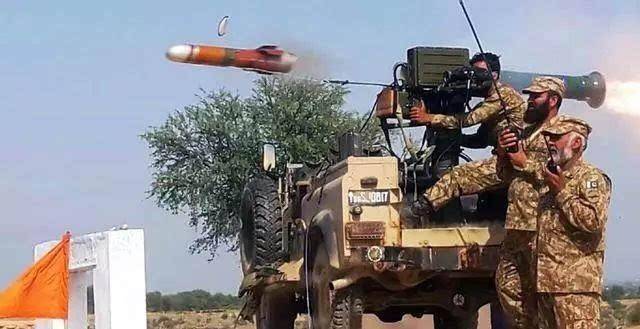
Pakistan has produced a large number of “Green Arrow” anti-tank missiles. As of 2015, the total number of production has reached at least more than 22,000. The production has not stopped. Not only is it more than sufficient to equip the entire Pakistani army, but it can also be exported. In the frontline areas of the confrontation between India and Pakistan, Pakistan often uses “green arrows” to attack Indian military bunkers and conduct “cold guns and guns” operations.

This situation is very common at the India-Pakistan border
In addition, Pakistan has more than 4,000 “Tao” anti-tank missiles. It should be said that the Pakistan Army’s anti-tank missile firepower is still very sufficient. Although both models are second-generation/second-generation semi-anti-tank missiles, they are also sufficient for India. The T-90S poses a threat.
In addition, Pakistan is likely to purchase more advanced anti-tank missiles, such as the Red Arrow-12. It is not impossible to use hard armor for this kind of top offensive anti-tank missile, but the accumulation of a large amount of explosive reaction armor on the roof will cause the weight of the tank to increase significantly and affect the layout of the equipment. It is more cost-effective to use an active defense system.
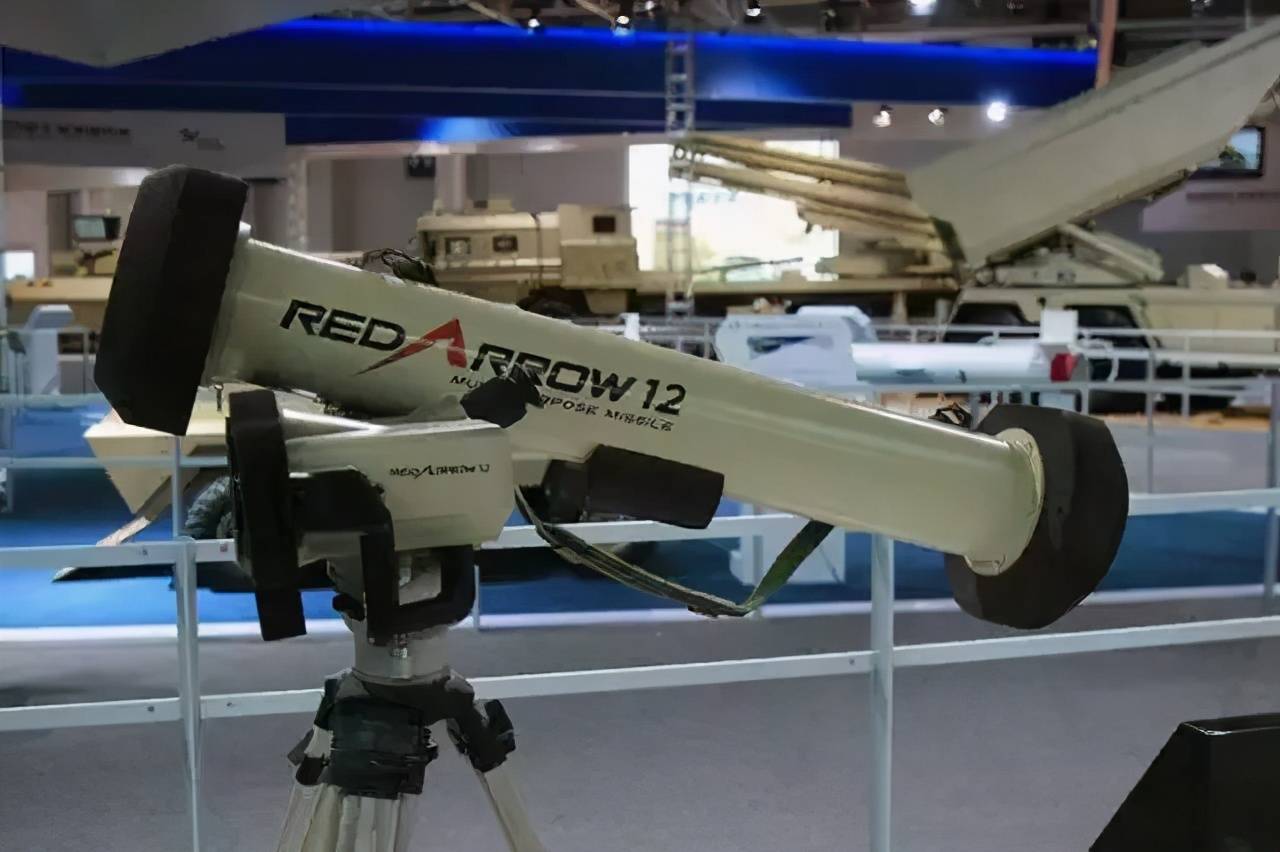
And the firepower of another imaginary enemy anti-tank missile in India…does it need to say more?

Not only has a long range, but its power is currently beyond the armor of any main battle tank.
Indian tanks have to face the threat of a large number of anti-tank missiles, so active defense systems must be considered.
At the same time, compared with the early days, after technical iteration and actual combat experience and lessons, the active defense system of the tank has now made considerable progress, and its performance has been greatly improved. It not only has a good interception effect on anti-tank rocket launchers and anti-tank missiles, which are low-speed armor-piercing weapons, but can even intercept kinetic energy ammunition fired by tank guns to a certain extent, but the interception rate is not as high for low-speed targets.
There is even discussion about whether the future main battle tank can completely delegate the task of defending armor-piercing ammunition to the active defense system. The main armor of the tank only needs to consider the defense of armor-piercing ammunition.
Therefore, it is justified for India to purchase an active defense system now, and wait until it is ripe before picking the fruit.
India currently has two better options.
One is Israel’s “trophies” system, which is currently one of the best-selling active defense systems in the world. In addition to the United States mentioned above, Germany has also purchased a batch of Leopard 2A7 tanks and Israel’s own Merkava tanks. It is also widely equipped. Moreover, the “trophies” system has been tested in actual combat. Israeli tanks equipped with the “trophies” system intercepted more than 300 missiles and RPG rockets. It can be said that the Trophy Active Defense System is the world’s first active defense system that has been tested in actual combat, which has greatly reduced the casualties of the Israeli army.

On February 22, 2021, the Israeli Ministry of Defense announced an intergovernmental agreement with the German Ministry of Defense. The German Leopard 2A7 tank was equipped with the Israeli Rafael Company’s “Trophy” active defense system.
The other is Russia’s “Afghanistan” stone system, which is Russia’s latest active defense system. Used on the T-90M and T-14 “Amata” tanks, Russia is very confident in its performance, and even on the T-14 “Amata” tank, it has partially achieved the above-mentioned “completely smashing defenses.” The task of ammunition is handed over to the active defense system”-the turret of the T-14 “Amata” tank is a shell that can defend against shrapnel and small-caliber weapons, and the defense depends entirely on the “Afghan stone” system.
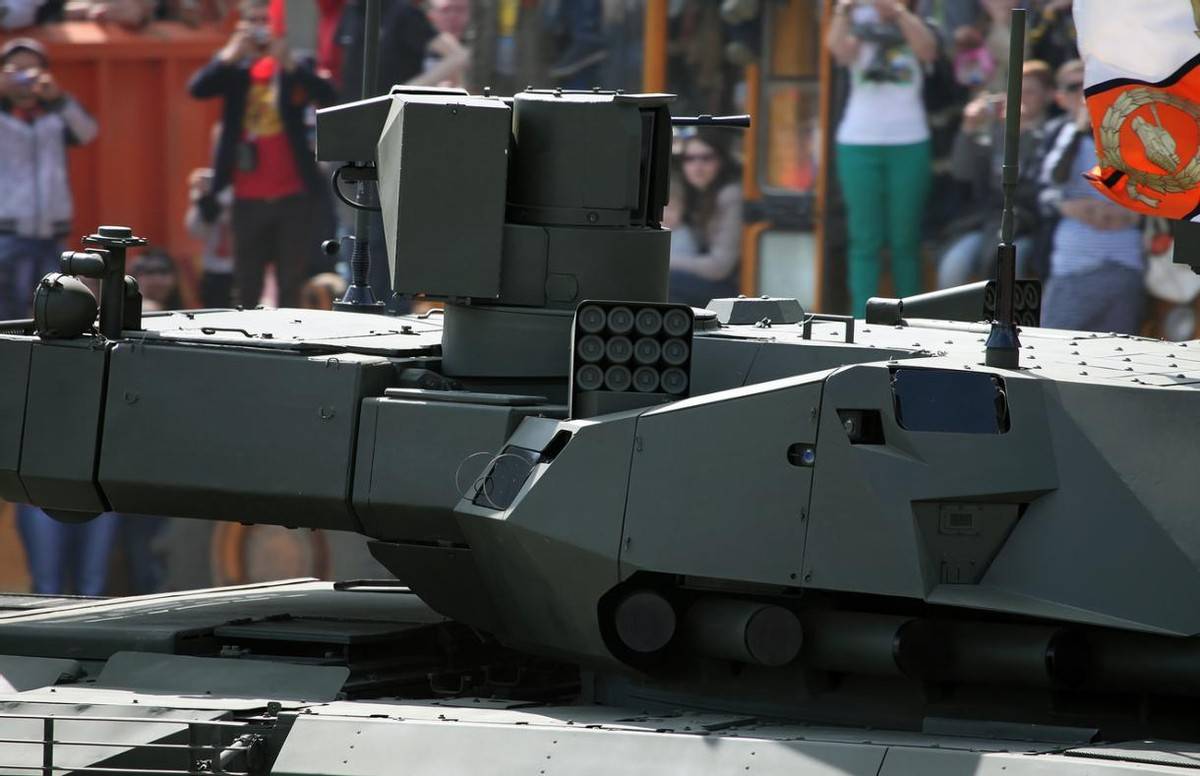
The “Afghan Stone” system on the “Amata” tank
Moreover, India has confirmed that the T-90MS purchased by India, that is, the foreign trade model of T-90M (in fact, foreign trade came out first) has the “Afghan Stone” system, which shows that it has good compatibility with the T-90 series, and Russia can be used as The upgrade kit is sold to Indians.
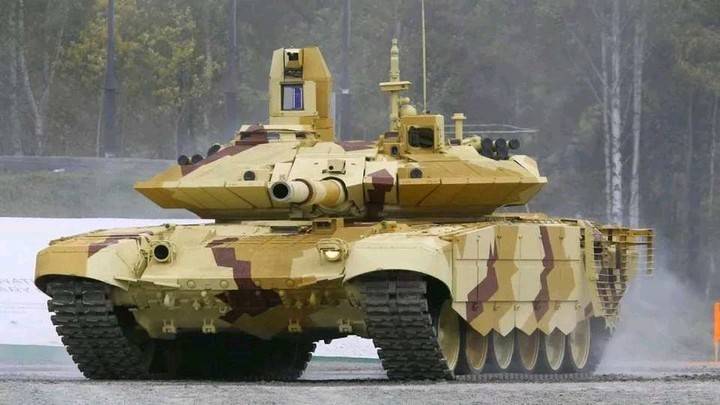
The two “black spots” on both sides of the T-90MS tank turret are the radar of the active defense system.
However, the installation of the active defense system is not the same as building blocks. It requires a lot of other work, such as an independent power supply system (this is especially important, the M1A2 tank installs an independent generator for the’trophy’ system), installation angle and walking Line problems and so on.
India’s bidding will definitely attract various manufacturers, including Israel and Russia, to participate in the bidding. India may delay and may spend a lot of money, but it will definitely purchase.
Pakistan and his “weapon outfit providers” also need similar equipment.
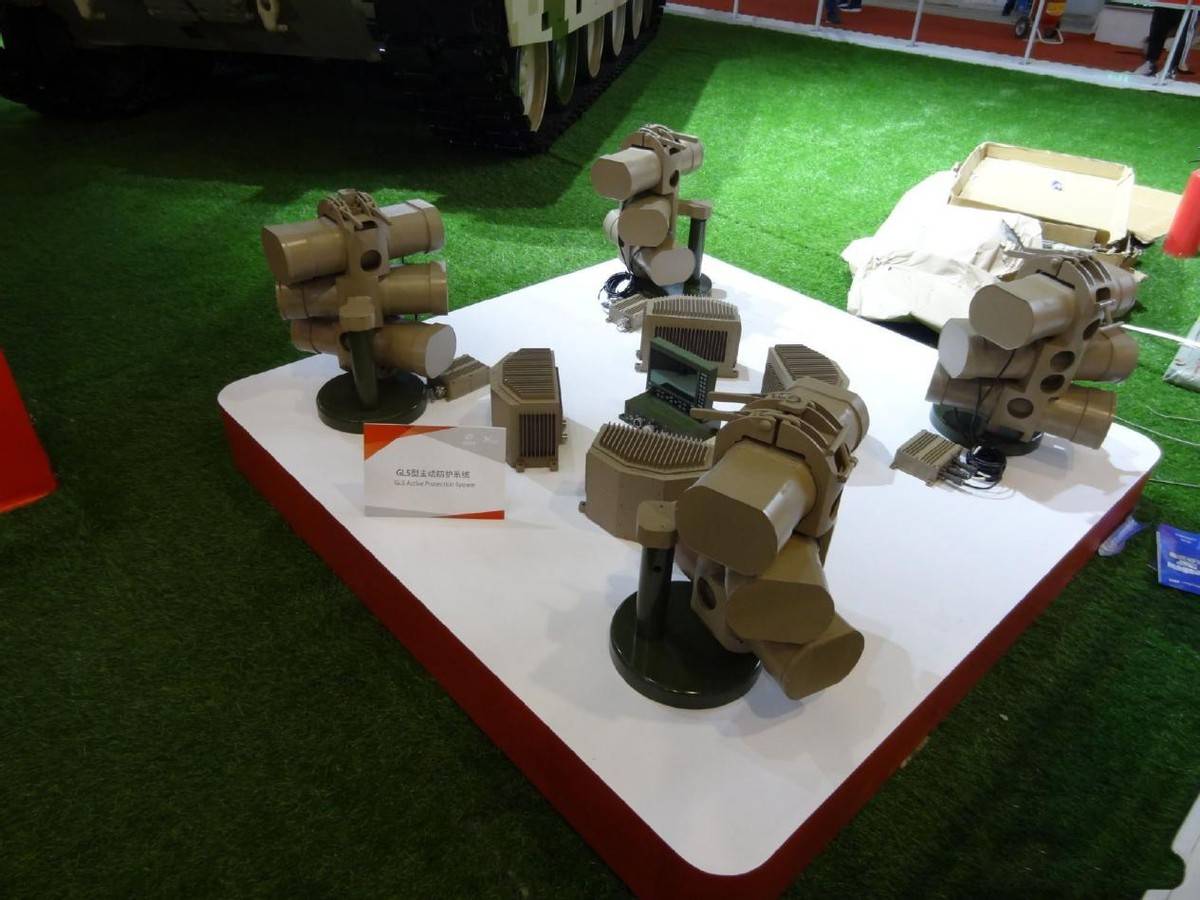
GL5 active defense system

























































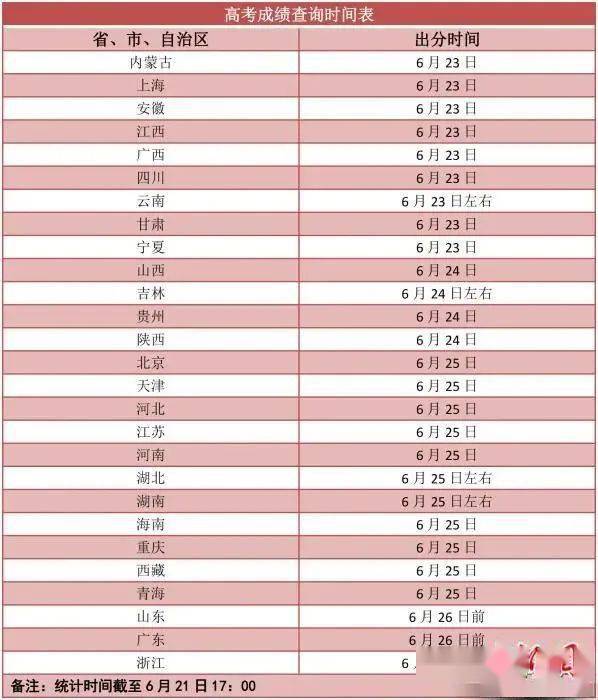



You must log in to post a comment.